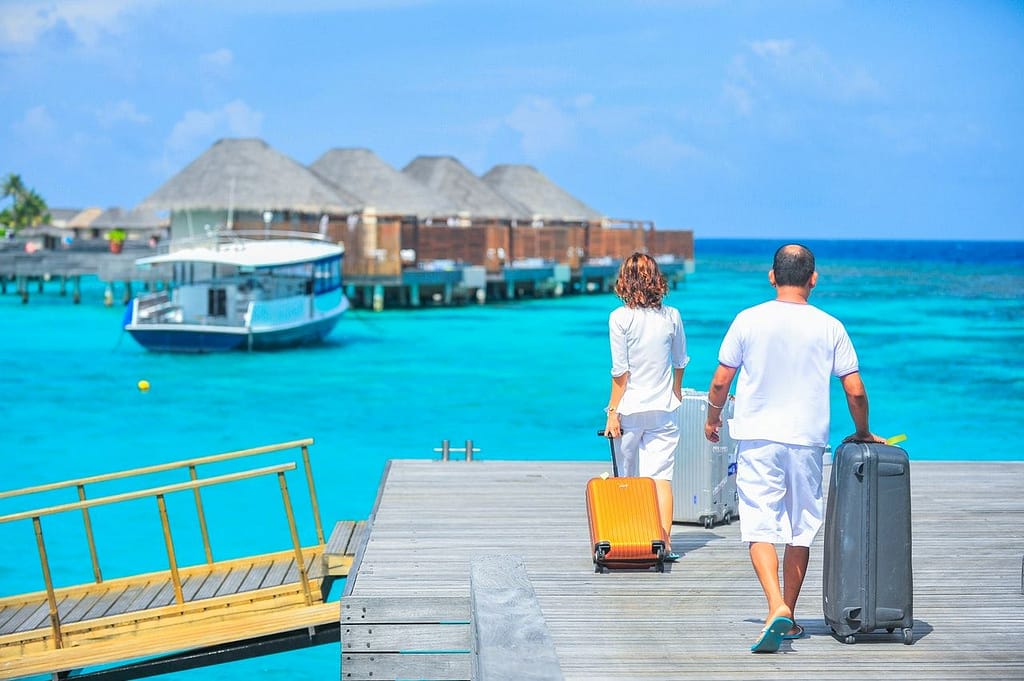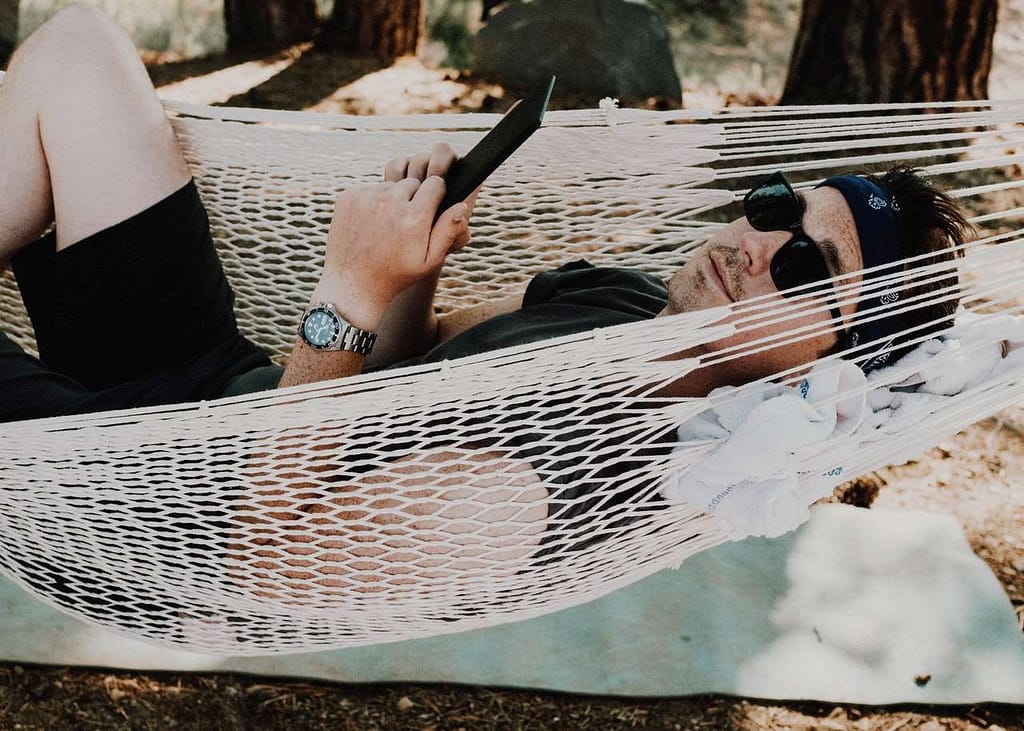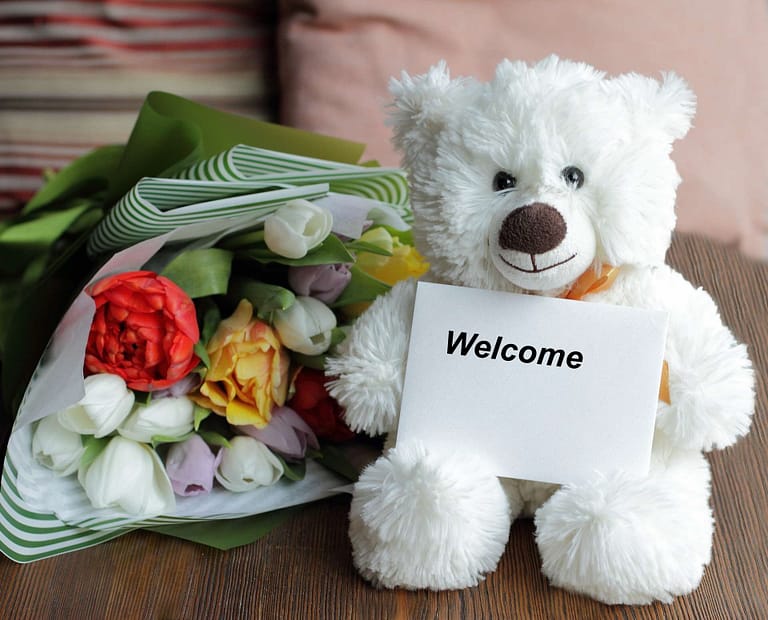In this article, we will look at how images play are role in your website speed and the impact that website speed has on your website’s bounce rate. We will also explore what are some image optimization tools to use so that the great pictures that you have do what they were intended to, help get you more bookings.

Image Optimization to Improve Your Websites Performance
One of the best things about traveling is the incredible pictures that you can take. Pictures can be the difference between booking and just looking. According to a Facebook study, the image you use can impact your ads lift by as much as 56%. When it comes to images in your marketing there is much more than just selecting the right image and uploading it to your site. Your pictures and the way that they are created impacts your website performance. For this article, we will be looking at the website’s speed as a key performance variable and how images can impact it.
Internet Connection Speed
Many of you reading this blog post will be reading it in a place that has a good connection. If your marketing plan is targeting tourists when they arrive rather than pre-trip as a day tour. Then you need to consider that your potential guests may not have very good internet connections, such as if they are at the airport or at an Airbnb in a country where the internet speed is not so great. While you may be testing your site speed and modifying your images and the speeds are looking good to you which would be having your site load at a speed around 3 seconds, where the user is visiting your site from the speed may be very different. If this is part of your marketing strategy you will want to consider using CDNs’ Content Delivery Networks which is touched upon below. You will also want to consider that when you are testing the site you are most likely working on the site from a desktop and not a mobile WIFI which can have network and reception challenges that can impact the speed of your site.
How To Tell How Quickly Your Site Is Loading
Google Analytics gives you an overview of how quickly your site is loading. To find that information, go to the behavior section, then go to site speed and overview. By selecting overview it will give you your average page loading time.

Website Load Time and Bounce Rates
Studies have shown that if a site takes more than 3 seconds to load people will bounce and you will lose traffic needlessly. In a study by Section reviewing over 100,000 user sessions, they found that the bounce rate goes from 9.6 % to 32.3 % when the site load time goes from 2 seconds to 8 seconds. When your site’s pages are taking too long to load it also impacts the depth at which a visitor will explore your site. Google Analytics samples your site traffic and gives you an idea as to the speed at which your site is loading as well as site speed recommendations for the various pages of your site. If you see that your site is taking longer than 2 seconds to load you can look at speed suggestions in Google Analytics. In addition to the site speed recommendations you there are a few terms that you should be familiar with. Lazy Load and CDN (Content Delivery Networks)
Facebook Ads and User Experience Impact on Ad Delivery
The speed of your website impacts not only your direct traffic but also traffic from Facebook ads. When Facebook evaluates your ads’ they also consider how competitive your ad will be by the user experience patterns. When doing Facebook ads bear in mind that landing page is also evaluated, not only for community standards compliance but also for user experience and if the page is taking too long to load and people bounce the ad will get ranked down and evaluated for poor performance impacting your ads’ competitiveness and delivery and costs to run. It has been shown that a well-created ad, including the landing page, not only converts better but also costs less to run.
Lazy Load

A lazy load is the way in which your website loads, the information. This loading pattern loads only the information as it is required rather than all of the information at once. When your website is being loaded it is not just the information on the page that is being loaded, it is the entire site, and so a lazy load is only loading the information that is on the screen, everything that is that screen is not being loaded, this is particularly important for your images as you may have hundreds of tours with a multitude of images for each tour or around your property. If they all have to load your site will be slowed down and people will bounce. Google has a great resource on Lazy Loading and its impact and implementation.
CDN Content Delivery Network
A content delivery network can be of assistance in developing a faster loading site. I believe that Webopedia says it best “a content delivery network is a system of distributed servers (network) that deliver pages and other web content to a user, based on the geographic locations of the user, the origin of the webpage and the content delivery server.
This service is effective in speeding the delivery of content of websites with high traffic and websites that have a global reach. The closer the CDN server is to the user geographically, the faster the content will be delivered to the user”. As tour companies and accommodation providers, your guests are most likely coming from a wide range of places across the globe, and as the CDN can deliver a page or pages from a server closest to them it and will help improve your loading time as the entire site does not need to be loaded. This is especially important if you have a lot of volume going to your site.
Image Size And How To Optimize Images Without Losing Quality
When you are uploading your images to your website it is important to make sure that your image files are not too large. For most sites, a single image can be up to 2MB but the time required for your server will be much longer than most people care to wait and with more than 50% of people using a mobile device they will not be able to fully appreciate the quality. For most situations, the image size can be 500kb and smaller. This will help you with your site loading time. If you have a lot of images to optimize and you are using a WordPress site you may want to use the plugin Short Pixel.
Hotel and Tour Picture File Format JPG or PNG

PNG formats are for images that need to be pixel perfect. These would be things like your company logo, illustrations. Remember that more than half of your website traffic is going to be mobile and to have incredible detail in an image is not going to be seen on a smaller screen. JPG formats are much better suited to for images online. If you have images saved as PNG’s not to worry you can easily convert them to a different file format. One such tool that is free is PNG2JPG. By doing the file conversion you may be able to reduce the file size by as much as 10xs. Which will make a big difference on the speed that your site loads.
Hotel and Tour Image Alt Tags and Descriptions

Alt tags for your images help search engines know what they are looking at when they are looking at your images. Search engines can’t determine what an image is so having the alt tags or alt descriptions helps them when they crawl your site. When the image is tagged it gives information about the content and the better the tag description the better your content will be considered by the search engine which can help improve your page ranking. Be careful not to keyword stuff in the description of your images as this will have the opposite effect and damage your ranking on Google but using keyword strategies is something that should be part of your SEO strategy.
Summary of Image Optimization to improve your hospitality website
So to Summarize:
If your site is taking too long to load people will bounce and a high bounce
rate will negatively impact your ranking on Google
You can reduce the time it takes for your site to load by optimizing your
images on your website
Social
media also considers your site experience in gaging your landing page
competitiveness
You can optimize your images by
- using a plugin that enables a Lazy Load
- using a CDN (Content Delivery Network)
- Image Size having the appropriate image size
- Using the best file format JPG rather than PNG
- Including information in the Alt and description tags.
Additional SEO and SEM Help
Nicholls Hospitality Marketing specializes in helping hotels, restaurants and tour companies make more bookings with better profit margins through marketing.
To start a conversation about how NHM can help to optimize your website and get more people looking so there can be more booking click here.




